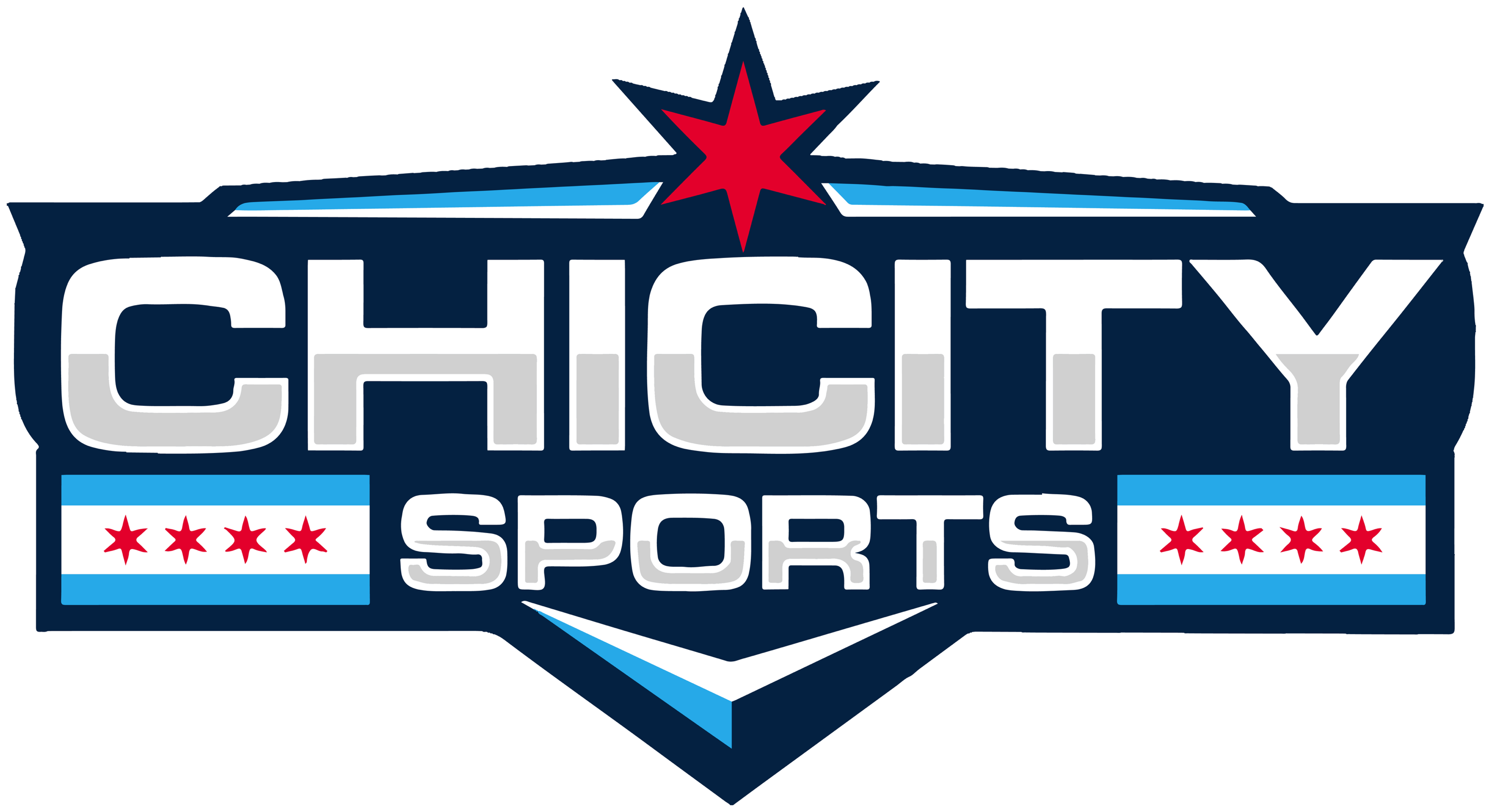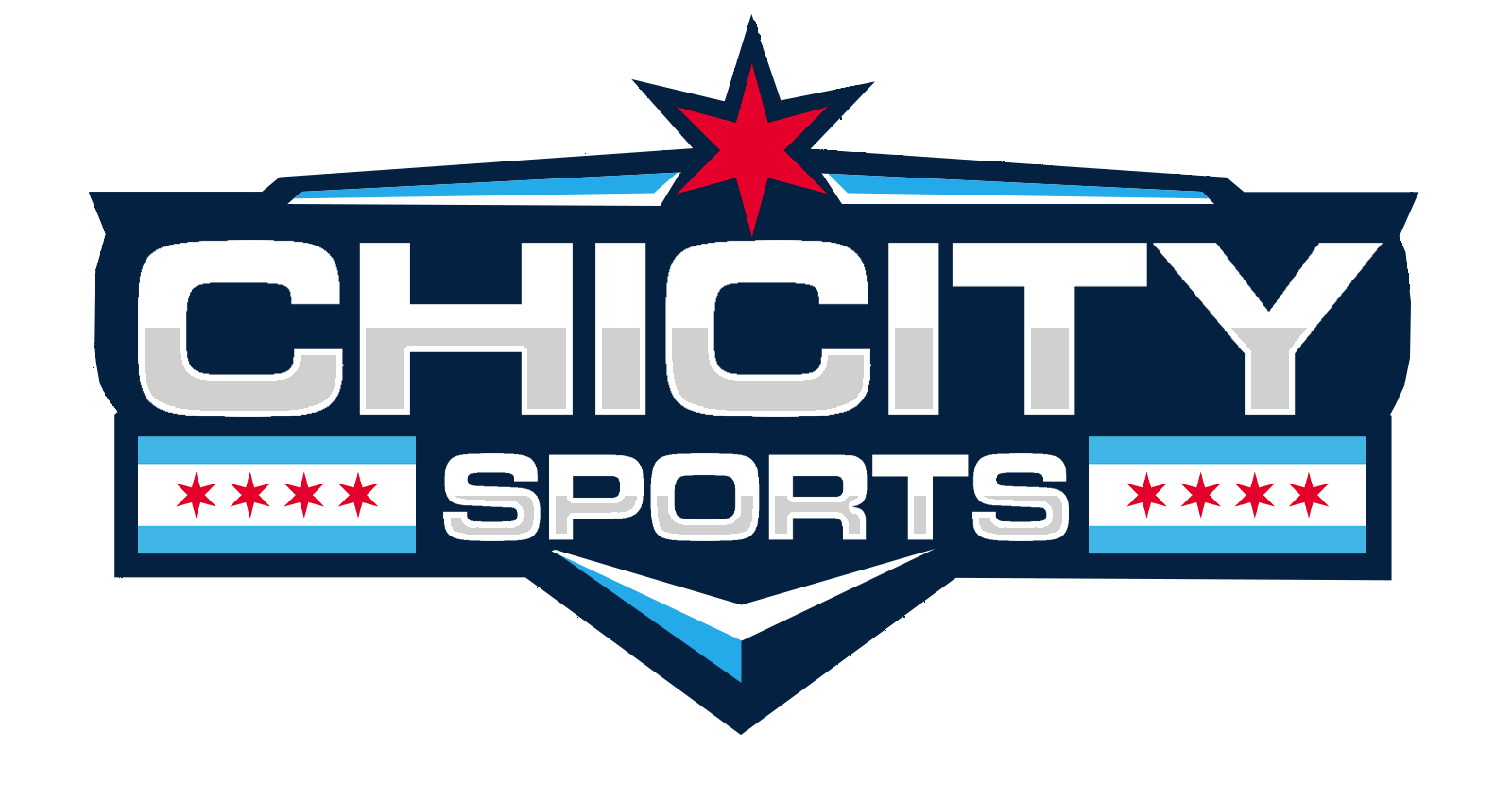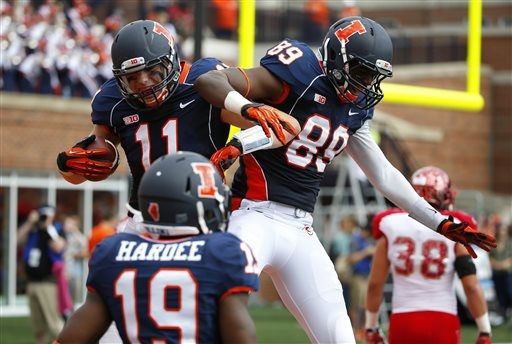The lights of Soldier Field proved too bright for the Fighting Illini, but also served as another reminder of how far this team come. Just 10 months ago, this same team stared at a 50-14 scoreboard at Northwestern, watching their season burn into ashes. Following the 34-24 loss to the No. 19 Washington Huskies on September 14th, Illinois is coming off of a much needed bye week. A 2-1 record might not seem like much, but if the same Illinois team that lost to Northwestern to end last season played against the Huskies, the stadium would’ve been empty by halftime. Moral victories seem to come too often these days, but just a quarter into the 2013 season and the Illini look like a different team out there.
It’s tough to evaluate exactly what has changed since last season from less than a handful of games. Early on, the addition of offensive coordinator Bill Cubit has seemed to revitalize the Illinois offense—which has a big play mentality.
“When you have a big play I think when you see the fans going nuts out there and Soldier Field was another great experience, our kids feed off that stuff,” Cubit said. “They’re not gonna feed off of three yard run, three yard run, three yard run all the time. It’s not the way society is any more, they want something, they want something big right now. Our kids are the exact same way.”
Illinois basketball coach John Groce knows quite a bit about how to maximize opportunity. Last season Groce led an Illini turnaround en route to a 23-13 season using what I called the feast or famine strategy. The idea is pretty simple—the Illini had some solid players, but to really compete with the upper echelon of the Big Ten Illinois had to maximize their potential by essentially chucking up three’s. In their first 15 wins, they made 9.3 three’s per game shooting 37%. In their first five losses, they made 5.2 three’s per game shooting 22%. So in short—three points are more than two—more three’s, more W’s.
Well, there are no three-pointers in football, but that doesn’t mean Tim Beckman’s squad doesn’t shoot it from downtown. Last season Illinois ranked third to last in the nation with only 34 20-plus yard plays. This season, the Illini already have 21 plays of 20-plus yards, which ranks 27th in the nation. Of those 21 plays, 17 have come from senior quarterback Nathan Scheelhaase through the air.
Scheelhaase ranks 24th in the nation with 300.7 total offense per game and has already thrown seven touchdowns—three more than he tossed all of last season. Scheelhaase has never been known for his arm, but his high-risk, acrobatic scrambles cost him multiple games last season, forcing the Illini to changeup his style of play. Cubit said Scheelhaase has spent more time in the pocket than ever this season and he’s also taken more chances down the field.
“To his credit, when I first got here, the wind’s a concern, the arm strength’s a concern, are the wide outs gonna be in the right spot?” Cubit said. “Now it’s almost it’s just natural for him.”
His favorite targets, sophomore running back Josh Ferguson and senior wide out Ryan Lankford are first and second in the Big Ten with a 26.4 and 22.5 yards per catch average, respectively. Like Groce’s team didn’t have the best shooters, this football team might not have the strongest quarterback or the biggest and fastest receivers, but throwing the ball down the field has revved up the engine for the sputtering Illini offense. The big plays down the fields haven’t been just simple fly patterns. Coach Cubit has been creative, drawing up screen passes to Ferguson leading to missed tackles and running different reverses and jet sweeps that will end with a surprise throw.
|
Team |
ILL 20+ passing plays |
OPP 20+ passing plays |
|
SIU |
7 |
5 |
|
CINCY |
6 |
6 |
|
WASH |
4 |
7 |
| TOTAL |
17 |
18 |
In their first two games, Illinois went 2-0 when either having the same or more 20-plus yard plays than their opponent. It’s still early in the season, but the big play is emerging as a major weapon for the Illini—but with every feast there’s a famine. In their most recent game against Washington, Illinois allowed seven 20-plus yard plays and only completed four such plays, which resulted in a loss.
It doesn’t matter a whole lot when you make big plays if you’re giving up big plays. Cubit said the offense reverted to their old ways against Washington with Scheelhaase scrambling instead of staying in the pocket. It also doesn’t help when the defense can’t make a tackle.
“It was a lot of missed tackles out in the open field,” Beckman said. “We were in a couple man situations where, in man-to-man, your vision is on the wide receiver and we missed a tackle on the wide receiver that they’re throwing the football to, and it breaks out and we lose leverage because we’re concentrating so much on covering our man. Again, it’s just the stuff that we’ve been trying to utilize to get ourselves better and it’s just work.”
Illinois has a chance to win their first game coming off of a bye week since 2002 when they take on Miami (OH) on Saturday. A win would give the Illini their third win of the season, topping last season’s win total. Cubit isn’t putting too much emphasis on the Illini’s quick start.
“We got a long ways to go,” Cubit said. “By any means we don’t just sit there and go, ‘we’ve arrived,’ we haven’t—but we’re on the right track.”
For More Great Chicago Sports Content
Get the latest Chicago sports news, analysis, and breaking stories on the Bears, Bulls, Blackhawks, Cubs, White Sox, Sky, and more! Tap the star to add us to your favorites on Google News, so you never miss a story on your favorite Chicago teams.
Follow us on Twitter at @chicitysports23 for more great content. We appreciate you taking time to read our articles. To interact more with our community and keep up to date on the latest in Chicago sports news, JOIN OUR FREE FACEBOOK GROUP by CLICKING HERE



